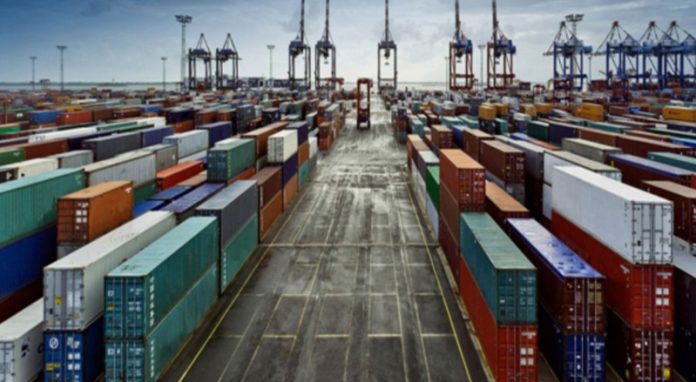Moscow is seeking to diversify the range of its trade co-operation in the east due to the loss of access to European markets, BNE IntelliNews reports.
Russia has long-standing ties with Mongolia, which has grown significantly in importance since the G7 sanctions regime was introduced last year and is a treasure trove of billions of dollars worth of natural resources. First, these are long-standing cultural ties: many Mongolian political leaders, artists and scientists received their education in the USSR or its Eastern European allies.
In recent years, Russia has been strengthening its business ties with Mongolia. Mongolia plays a key role in the development of China-Russia relations. Russia is strengthening economic relations with China and the Asia-Pacific region, while Mongolia’s activities are fuelling its economic growth.
Due to its geographical position, Mongolia can provide the most important transit and transport corridors of strategic importance to Russia. For example, the Trans-Mongolian Railway, linking China with the Russian Trans-Siberian railway system, is a key route for transporting goods between East Asia and Russia.
Over the past 25 years, Russian exports to Mongolia have steadily increased by 8.8% per year, from $218 million in 1996 to $1.81 billion in 2021. In 2022, Russian-Mongolian trade increased by almost 50% over 2021, reaching a historic high of $2.7 billion. Russian exports account for almost 95% of this trade turnover.
Russia imports mineral products to Mongolia, particularly energy products, fuels, oils, vehicles, equipment, metals and metal products, and chemical products. Mongolia imports sulphur, salt, plastering materials, cement and lime, as well as clothing, machinery and railway locomotives.
Presently, Mongolia’s exports to Russia account for less than 1% of its total exports. Nevertheless, Russia’s supplies constitute a significant portion of Mongolia’s imports, particularly for certain commodities: over 90% of petroleum products, 27% of food and 30% of electricity.
Prospects for co-operation after the Soviet era
After the collapse of the USSR, Mongolia had its first democratically elected government. This was a turning point in Russian-Mongolian relations, which led to a cooling of previously close ties and the cessation of Russian technical assistance after 1992. Moreover, Russia made a demand for the return of some $180 million in aid received from the Soviet Union between 1946 and 1990. Since the beginning of the new millennium, however, Russia has sought to strengthen ties with Mongolia in an effort to enhance its status as a regional power, and these efforts have only been fuelled by Russia’s break with the West.
Russian President Vladimir Putin visited Mongolia in 2000 and renewed an important bilateral treaty, leading to lower prices for oil and energy exports to Mongolia and increased cross-border trade. In 2016, Russia forgave Mongolia 98 per cent of its state debt.
Mongolia and Russia signed a comprehensive strategic co-operation agreement in September 2019, strengthening their cooperation in business, politics, infrastructure, economy, culture and trade. Also under the agreement, the Russian-Mongolian Investment Cooperation Fund was established.
Work is underway to modernise the central railway corridor, including track duplication, electrification and repairs. Practical implementation is scheduled for 2024. The Eastern Railway Corridor is also being formed, connecting the Trans-Siberian Railway, the railways of Northeast China and the eastern aimags of Mongolia. Mongolia plans to build the missing Choibalsan-Huut-Bichigt section.
Road connections are expanding, with a significant portion of the AN-4 highway in western Mongolia now open, linking Western Siberia in Russia with China’s Xinjiang Uygur Autonomous Region.
Construction of the Power of Siberia-2 gas pipeline will begin in 2024. The 2,600 km gas pipeline will connect Russia and China via Mongolia, with a capacity of 50 billion cubic metres of gas per year. It is expected to be operational by 2030, generating significant transit payments and gas.
